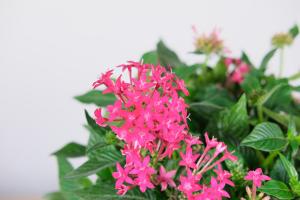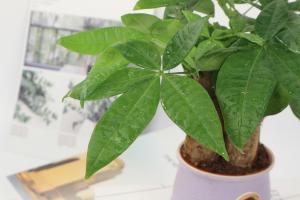Are Bell Peppers and Tomatoes Companion Plants?
Companion planting is a gardening technique that involves planting different plants together to maximize their growth and health benefits. The practice is based on the idea that some plants have a beneficial effect on others by repelling harmful insects, improving soil fertility, and providing shade.
Bell Peppers and Tomatoes: The Relationship
Bell peppers and tomatoes are two plants that are often planted together in gardens, and for good reason. These two plants share many similarities and can benefit each other when planted side-by-side. Both plants belong to the nightshade family, and they require similar growing conditions, such as full sun, warm temperatures, and fertile soil.
Bell peppers and tomatoes also have similar pests and diseases, which means that planting them together can help to deter pests and reduce the risk of disease. For example, planting onions, garlic, or marigolds around bell peppers and tomatoes can repel insects such as aphids, spider mites, and whiteflies.
The Benefits of Companion Planting Bell Peppers and Tomatoes
Planting bell peppers and tomatoes together can lead to a number of benefits for both plants, such as:
Better pollination: Both plants rely on insects, such as bees, for pollination. Planting the two plants together can attract a greater number of bees and other beneficial insects to the garden.
Improved soil quality: Both bell peppers and tomatoes are heavy feeders and deplete nutrients from the soil quickly. Rotating them in the garden can help to maintain soil fertility.
Reduced weed growth: The dense foliage of the two plants can shade the soil and help to suppress the growth of weeds.
Higher yields: When planted together, bell peppers and tomatoes can produce higher yields than when grown separately. This is because the two plants complement each other and can balance each other's nutrient and water requirements.
Tips for Companion Planting Bell Peppers and Tomatoes
If you're planning to grow bell peppers and tomatoes together in your garden, there are a few tips to keep in mind:
Give each plant enough space: Both plants need adequate space to grow and produce fruit. A good rule of thumb is to give each plant at least 18-24 inches of space.
Plant in the right location: Both bell peppers and tomatoes require full sun and warm temperatures to grow. Choose a location in your garden that receives at least six hours of sunlight per day.
Rotate your crops: Planting bell peppers and tomatoes in the same spot year after year can lead to soil-borne diseases and nutrient deficiencies. Rotate your crops each year to maintain soil fertility and reduce disease.
Conclusion
In conclusion, bell peppers and tomatoes are excellent companion plants that can benefit each other when planted together in a garden. They have similar growing requirements and can help to deter pests, improve soil fertility, and increase yields. By following a few simple tips, you can successfully grow both plants in your garden and enjoy a healthy and bountiful harvest.

 how many times do yo...
how many times do yo... how many planted tre...
how many planted tre... how many pine trees ...
how many pine trees ... how many pecan trees...
how many pecan trees... how many plants comp...
how many plants comp... how many plants can ...
how many plants can ... how many plants and ...
how many plants and ... how many pepper plan...
how many pepper plan...
































